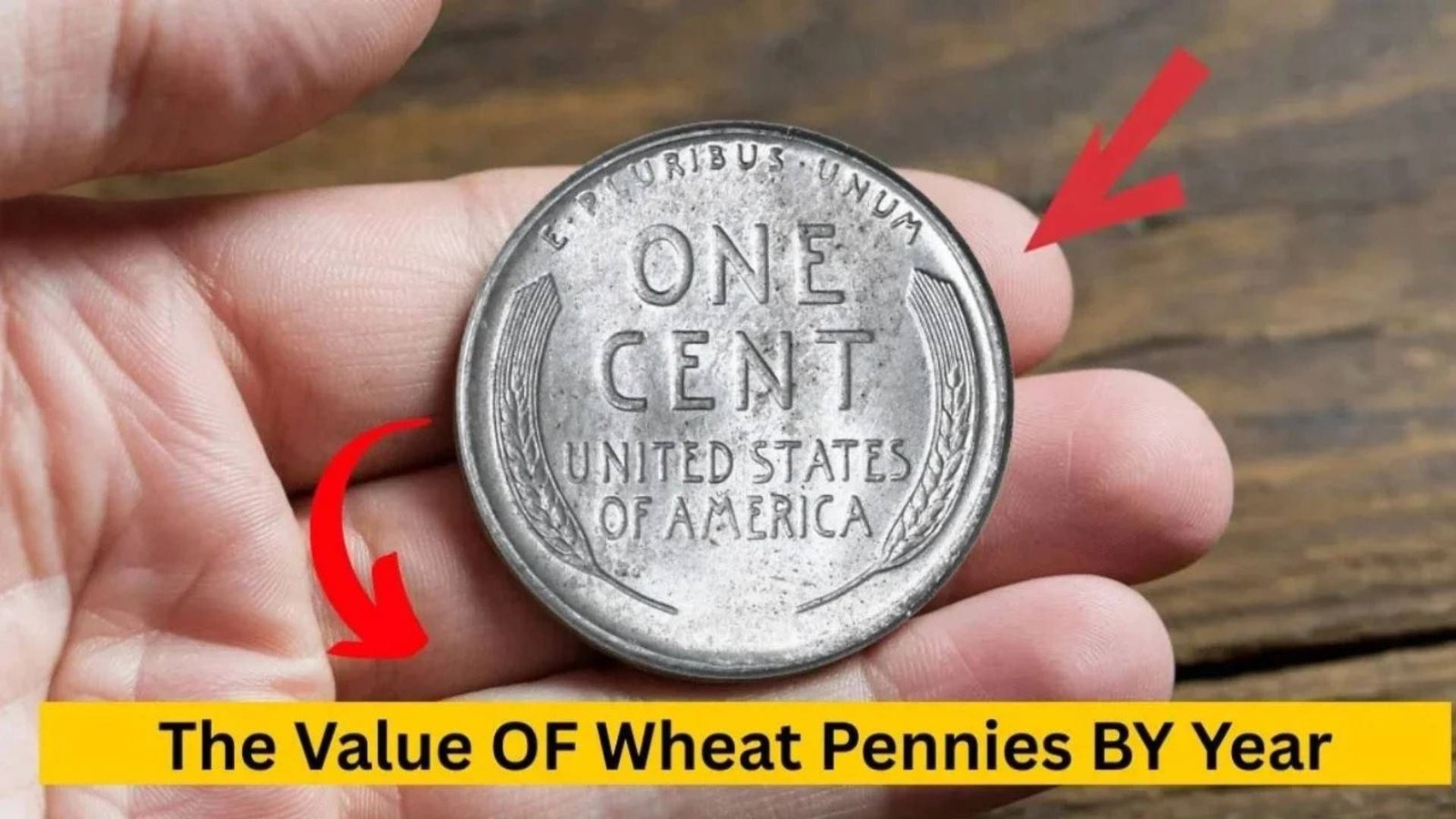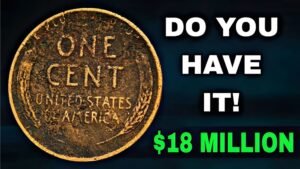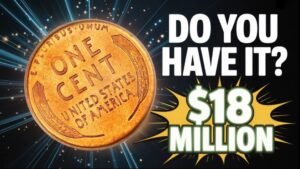Most people see a penny and walk away, but what if that tiny coin could be worth hundreds—or even thousands—of dollars? The Wheat Penny, one of America’s most iconic coins, hides secrets of immense value that only true collectors recognize. By the end of this guide, you’ll know which Wheat Pennies by year could make your pocket change a hidden treasure.
What Are Wheat Pennies?
The Wheat Penny, officially known as the Lincoln Wheat Cent, was minted from 1909 to 1958. Named for the wheat stalks on its reverse side, it was created to honor Abraham Lincoln’s 100th birthday. What began as a tribute became one of the most collected and valuable coins in US history.
A Brief History Behind the Wheat Penny
In 1909, the US Mint replaced the Indian Head Cent with the Lincoln Cent—America’s first coin to feature a real person. Designer Victor David Brenner included his initials “VDB” on the coin, sparking controversy. The first-year issue, the 1909-S VDB, became a collector’s dream due to its limited production of just 484,000 coins.
Why Wheat Pennies Are Valuable Today
Not all Wheat Pennies are rare, but certain years, mint marks, and conditions make them extremely valuable. Factors like low mintage, die errors, and pristine preservation can turn a one-cent coin into a thousand-dollar collectible. For instance, a 1943 Copper Wheat Penny can sell for over $100,000, since nearly all 1943 cents were made of steel due to wartime shortages.
Wheat Penny Value by Year (Most Valuable Editions)
| Year & Mint Mark | Estimated Value (Good–Mint) | Special Note |
|---|---|---|
| 1909-S VDB | $800 – $2,000+ | Low mintage, first issue |
| 1914-D | $200 – $3,000+ | Scarce Denver mint |
| 1922 No D | $500 – $2,500+ | Missing mint mark variety |
| 1931-S | $100 – $1,500 | Great Depression rarity |
| 1943 Copper | $50,000 – $200,000+ | Minted by error |
| 1955 Doubled Die | $1,000 – $10,000+ | Legendary doubling error |
| 1944 Steel | $20,000 – $100,000+ | Accidental steel strike |
| 1946-S over D | $50 – $400 | Overmint mark variety |
| 1958 Doubled Die | $100,000+ | Extremely rare error |
| 1917 Doubled Die | $150 – $2,000 | Early doubling example |
Common vs Rare Wheat Pennies
| Category | Description | Average Value Range |
|---|---|---|
| Common Circulated | Worn coins from 1940–1958 | $0.05 – $0.50 |
| Semi-Rare | Minor errors or low mint numbers | $5 – $100 |
| Rare Key Dates | 1909-S VDB, 1914-D, 1943 Copper | $1,000 – $200,000+ |
| High-Grade Proofs | Uncirculated collector coins | $500 – $5,000+ |
Expert Insights & Collector Tips
- Check for Errors: Doubled dies, off-center strikes, and mint mark variations can skyrocket value.
- Condition Matters: A coin’s grade—especially if certified by PCGS or NGC—can make or break its worth.
- Look for Mint Marks: “S” (San Francisco) and “D” (Denver) mints often produced lower quantities.
- Don’t Clean Coins: Cleaning reduces value dramatically; keep your Wheat Pennies as-is.
How to Identify Valuable Wheat Pennies
Flip your coin and examine the date and mint mark. Use a magnifying glass to detect doubling or missing marks. Compare with reliable coin charts or have it professionally graded. Many valuable Wheat Pennies have subtle errors that are invisible to the naked eye.
Notable Facts About Wheat Pennies
- Over 24 billion Wheat Pennies were minted between 1909–1958.
- The 1943 Copper Penny was a mistake—just a few were struck before switching to steel.
- The 1955 Doubled Die is one of the most famous minting errors in US history.
- Collectors still find valuable Wheat Pennies in circulation today.
FAQs
Q: Are Wheat Pennies made of pure copper?
A: Early Wheat Pennies (1909–1942) were 95% copper, while later ones (1943 steel, 1944–1958 copper alloy) varied by year.
Q: Can I find valuable Wheat Pennies in pocket change?
A: Yes! While rare, it’s still possible to find older pennies in circulation or in inherited collections.
Q: What’s the rarest Wheat Penny ever found?
A: The 1943 Copper Wheat Penny, with only a handful known to exist.
Conclusion: Don’t Overlook the Penny in Your Pocket
The value of Wheat Pennies by year tells a story of American history, craftsmanship, and luck. Each coin carries a legacy that could be worth far more than its face value. So before you toss your change aside, look closely—you might just be holding a piece of numismatic gold.




